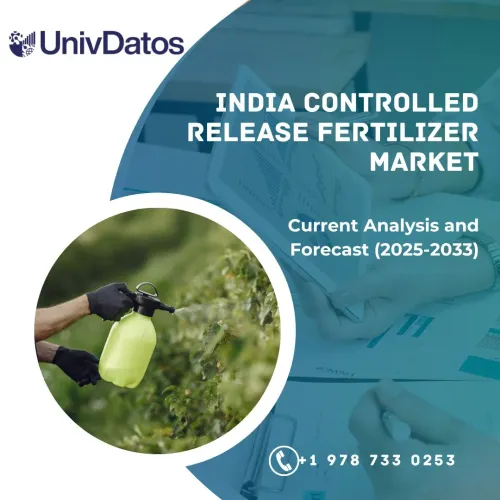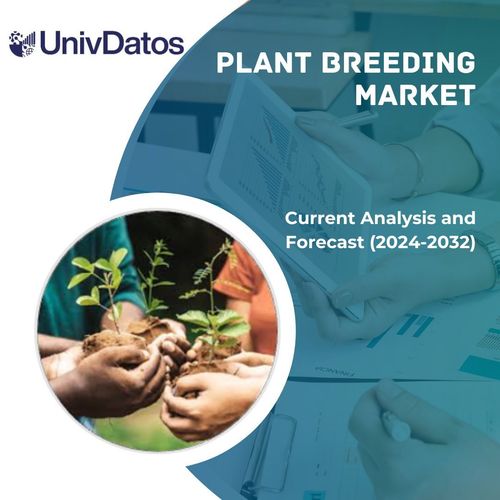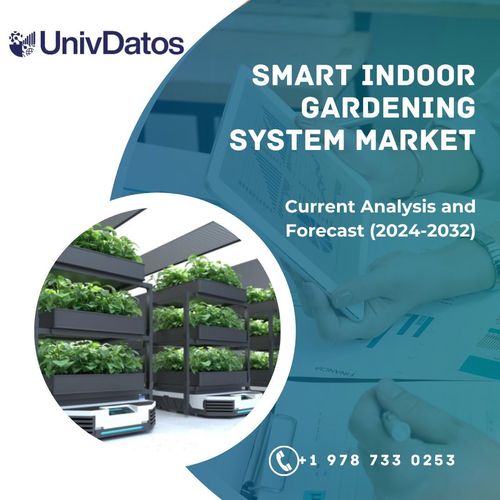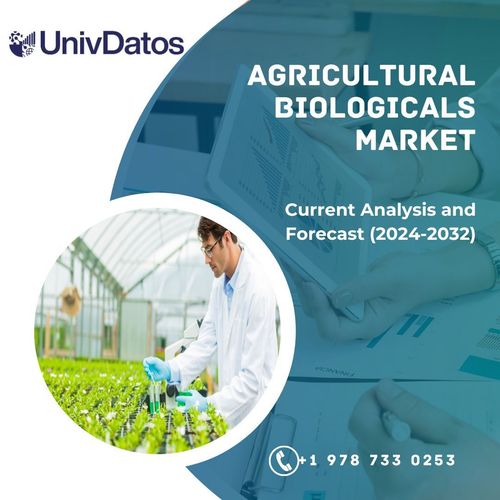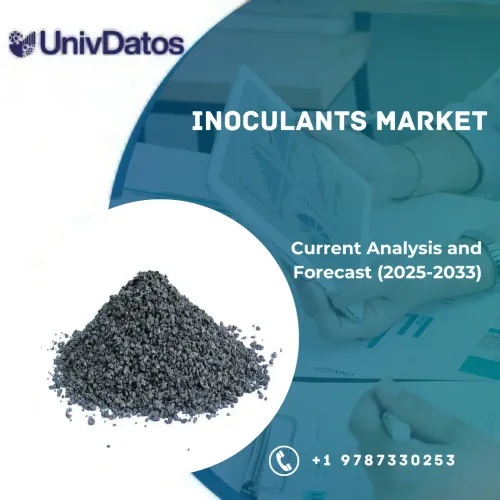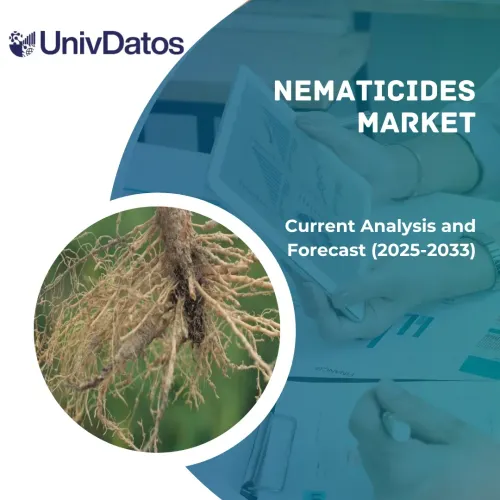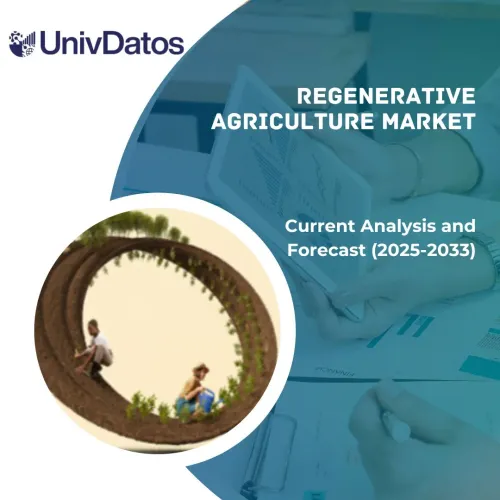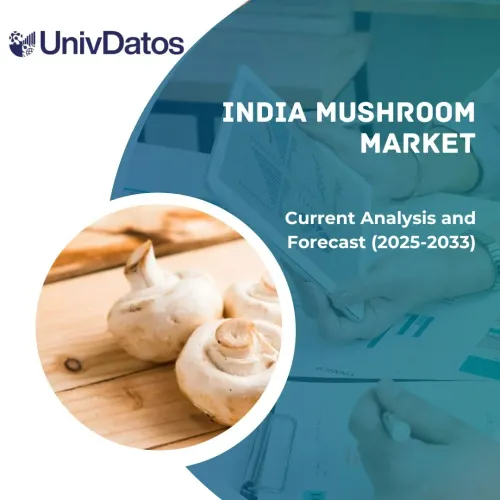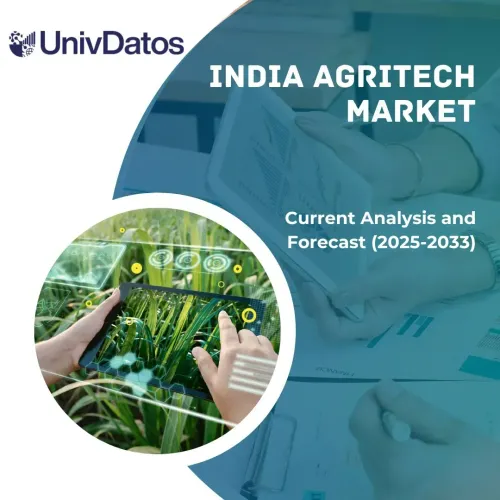- Home
- About Us
- Industry
- Services
- Reading
- Contact Us
Precision Agriculture Market: Current Analysis and Forecast (2022-2028)
Emphasis on Component (Hardware, Software, and Services); Application (Yield Monitoring, Crop Scouting, Field Mapping, Variable Rate Technology, Soil Monitoring, Weather Tracking, and Farm Labor Management Services); Region/Country.
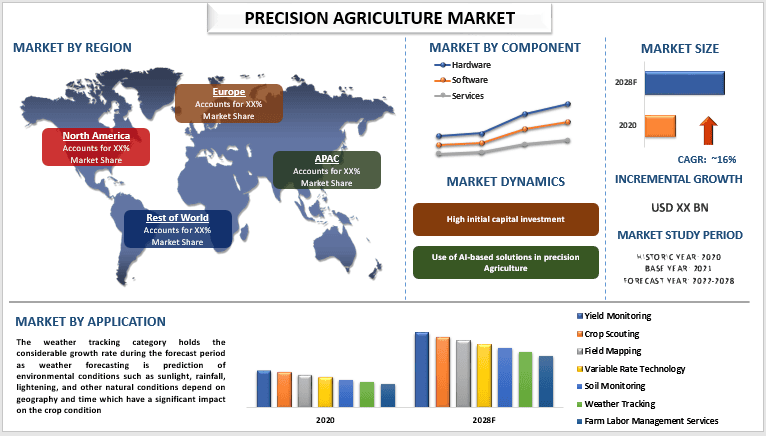
The global precision agriculture market is expected to grow at a significant rate of around 16% during the forecast period 2022-2028. Precision agriculture is a science that improves crop yields by using high-tech sensors and analytical tools to support management decision-making. This is a new concept applied worldwide to increase production, reduce working hours, and ensure effective management of fertilizer and irrigation processes. The precision agriculture market demand has increased at a significant rate over the years and is expected to witness influential growth during the forecasted period as well. Factors that are positively accentuating its market size include the need to mitigate greenhouse gases to minimize climate change, rapid adoption of advanced technologies in precision agriculture to reduce labor costs and increasing implementation of smart devices in agriculture. Moreover, the growing demand for food is another factor driving the growth of this market. According to estimates compiled by the Food and Agriculture Organization (FAO), by 2050 world will need to produce 60 percent more food to feed a world population of 9.3 billion.
AGCO Corporation; AgJunction LLC; Trimble Inc.; Deere & Company; Bayer AG; AgEagle Aerial; Systems Inc; Syngenta Crop Protection AG; Yara; Deveron Corp; American Robotics, Inc. are some of the key players in the market. Several M&As along with partnerships have been undertaken by these players to facilitate customers with hi-tech and innovative products/technologies.
Insights Presented in the Report
“Amongst component, hardware category to witness robust CAGR during the forecast period”
Based on component, the market is segmented into hardware, software, and services. The hardware category is to witness significant CAGR during the forecast period. This is mainly due to the high adoption of smart devices such as drones, GPS, irrigation controllers, guidance and control systems, yield monitors, and sensors in agriculture. Hardware components such as automation and control systems, sensor devices, and drones play an important role in supporting farmers.
“Amongst application, yield monitoring dominated the market share in 2020”
On the basis of application, the market is categorized into yield monitoring, crop scouting, field mapping, variable rate technology, soil monitoring, weather tracking, and farm labor management services. Among these, yield monitoring dominated the market share in 2020. The growth of the segment can be attributed to the advantages of climate service programs that help farmers better manage climate-related disasters, increase food security, and improve agricultural decision-making.
“North America to hold a significant share in the market”
For a better understanding of the market adoption of the precision agriculture industry, the market is analyzed based on its worldwide presence in the countries such as North America (U.S., Canada, Rest of North America), Europe (Germany, U.K., France, Spain, Italy, Rest of Europe), Asia-Pacific (China, Japan, India, Rest of Asia-Pacific), Rest of World. North America held a prominent share of the global precision agriculture market in 2020 and is expected to showcase a substantial growth rate during the forecast period. This can be attributed to the progress of the modernization of agribusiness in regional countries. In countries such as the US and Canada, there are numerous government initiatives to encourage the adoption of modern precision agriculture techniques to maximize productivity. The region is focused on expanding its operations and improving overall efficiency to remain competitive in the market and is expected to provide lucrative opportunities in the precision agriculture market during the forecast period. Moreover, the agriculture sector significantly contributes to the GDP of major countries in the region. For instance, Agriculture, food, and related industries contributed USD 1.055 Tn (5% share of the total US economy) to the US gross domestic product (GDP) in 2020.
Reasons to buy this report:
- The study includes market sizing and forecasting analysis validated by authenticated key industry experts.
- The report presents a quick review of overall industry performance at one glance.
- The report covers an in-depth analysis of prominent industry peers with a primary focus on key business financials, product portfolio, expansion strategies, and recent developments.
- Detailed examination of drivers, restraints, key trends, and opportunities prevailing in the industry.
- The study comprehensively covers the market across different segments.
- Deep dive regional level analysis of the industry.
Customization Options:
The global precision agriculture market can further be customized as per the requirement or any other market segment. Besides this, UMI understands that you may have your own business needs, hence feel free to connect with us to get a report that completely suits your requirements.
Table of Content
Research Methodology for the Precision Agriculture Market Analysis (2022-2028)
Analyzing the historical market, estimating the current market, and forecasting the future market of the global precision agriculture market were the three major steps undertaken to create and analyze the adoption of precision agriculture in major regions globally. Exhaustive secondary research was conducted to collect the historical market numbers and estimate the current market size. Secondly, to validate these insights, numerous findings and assumptions were taken into consideration. Moreover, exhaustive primary interviews were also conducted, with industry experts across the value chain of the global precision agriculture market. Post assumption and validation of market numbers through primary interviews, we employed a top-down/bottom-up approach to forecasting the complete market size. Thereafter, market breakdown and data triangulation methods were adopted to estimate and analyze the market size of segments and sub-segments of the industry pertains to. Detailed methodology is explained below:
Analysis of Historical Market Size
Step 1: In-Depth Study of Secondary Sources:
Detail secondary study was conducted to obtain the historical market size of the precision agriculture market through company internal sources such as annual reports & financial statements, performance presentations, press releases, etc., and external sources including journals, news & articles, government publications, competitor publications, sector reports, third-party database, and other credible publications.
Step 2: Market Segmentation:
After obtaining the historical market size of the precision agriculture market, we conducted a detailed secondary analysis to gather historical market insights and share for different segments & sub-segments for major regions. Major segments are included in the report as component and application. Further country-level analyses were conducted to evaluate the overall adoption of testing models in that region.
Step 3: Factor Analysis:
After acquiring the historical market size of different segments and sub-segments, we conducted a detailed factor analysis to estimate the current market size of the Precision Agriculture Market. Further, we conducted factor analysis using dependent and independent variables such as various component and applications of precision agriculture. A thorough analysis was conducted for demand and supply-side scenarios considering top partnerships, mergers and acquisitions, business expansion, and product launches in the precision agriculture market sector across the globe.
Current Market Size Estimate & Forecast
Current Market Sizing: Based on actionable insights from the above 3 steps, we arrived at the current market size, key players in the global precision agriculture market, and market shares of the segments. All the required percentage shares split, and market breakdowns were determined using the above-mentioned secondary approach and were verified through primary interviews.
Estimation & Forecasting: For market estimation and forecast, weights were assigned to different factors including drivers & trends, restraints, and opportunities available for the stakeholders. After analyzing these factors, relevant forecasting techniques i.e., the top-down/bottom-up approach were applied to arrive at the market forecast for 2028 for different segments and sub-segments across the major markets globally. The research methodology adopted to estimate the market size encompasses:
- The industry’s market size, in terms of revenue (USD) and the adoption rate of the precision agriculture market across the major markets domestically
- All percentage shares, splits, and breakdowns of market segments and sub-segments
- Key players in the global precision agriculture market in terms of products offered. Also, the growth strategies adopted by these players to compete in the fast-growing market
Market Size and Share Validation
Primary Research: In-depth interviews were conducted with the Key Opinion Leaders (KOLs) including Top Level Executives (CXO/VPs, Sales Head, Marketing Head, Operational Head, Regional Head, Country Head, etc.) across major regions. Primary research findings were then summarized, and statistical analysis was performed to prove the stated hypothesis. Inputs from primary research were consolidated with secondary findings, hence turning information into actionable insights.
Split of Primary Participants in Different Regions
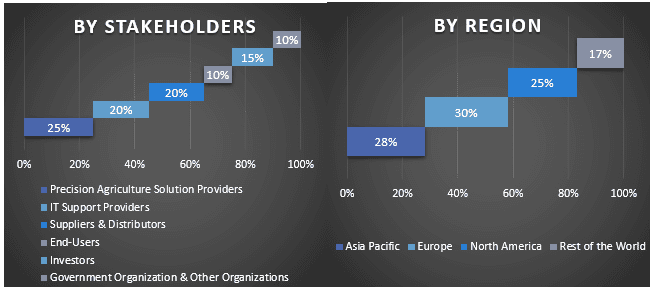
Market Engineering
The data triangulation technique was employed to complete the overall market estimation and to arrive at precise statistical numbers for each segment and sub-segment of the global precision agriculture market. Data was split into several segments & sub-segments post studying various parameters and trends in the areas of component and application in the global precision agriculture market.
The main objective of the Global Precision Agriculture Market Study
The current & future market trends of the global precision agriculture market were pinpointed in the study. Investors can gain strategic insights to base their discretion for investments on the qualitative and quantitative analysis performed in the study. Current and future market trends determined the overall attractiveness of the market at a regional level, providing a platform for the industrial participant to exploit the untapped market to benefit from a first-mover advantage. Other quantitative goals of the studies include:
- Analyze the current and forecast market size of the precision agriculture market in terms of value (USD). Also, analyze the current and forecast market size of different segments and sub-segments
- Segments in the study include areas of component and application.
- Define and analysis of the regulatory framework for the precision agriculture
- Analyze the value chain involved with the presence of various intermediaries, along with analyzing customer and competitor behaviors of the industry.
- Analyze the current and forecast market size of the precision agriculture market for the major region.
- Major countries of regions studied in the report include Asia Pacific, Europe, North America, and the Rest of the World.
- Company profiles of the Precision Agriculture Market and the growth strategies adopted by the market players to sustain in the fast-growing market
- Deep dive regional level analysis of the industry
Related Reports
Customers who bought this item also bought

